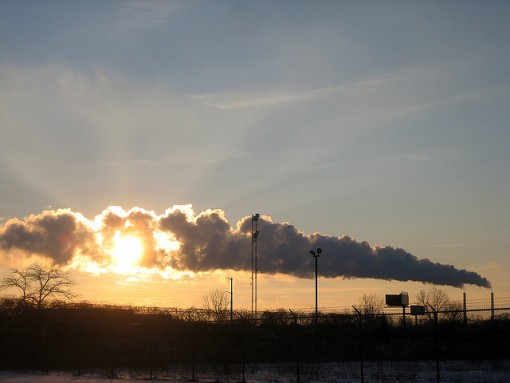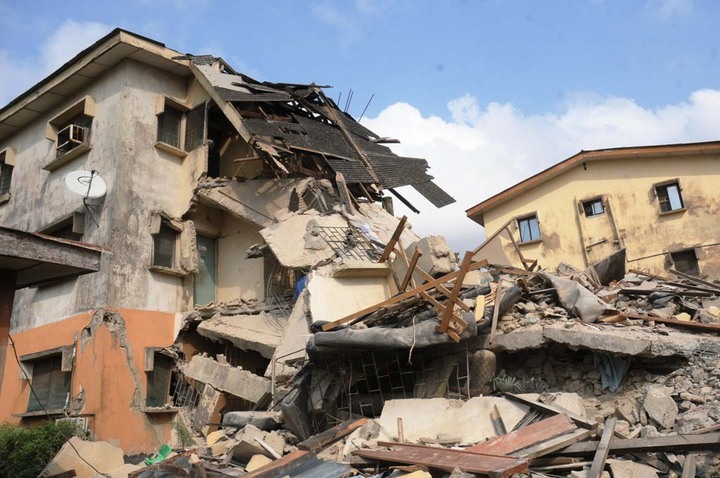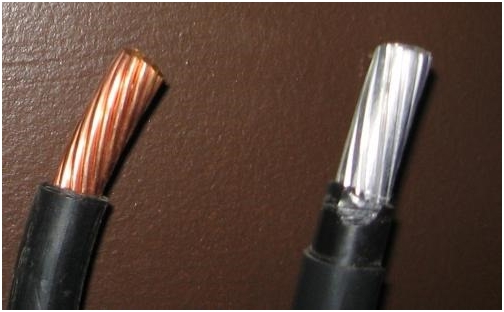CAUSES OF FOUNDATION SETTLEMENT

Settlement of foundation can be defined as its permanent downward displacement. There are two basic causes of foundation settlement: Settlement Due Directly to the Weight of the Structure The first type of settlement is directly caused by the weight of the structure. For example, the weight of a building may cause compression of an underlying sand deposit or consolidation of an underlying clay layer. Often the settlement analysis is based on the actual dead load of the structure. The dead load is defined as the structural weight due to beams, columns, floors, roofs, and other fixed members. The dead load does not include nonstructural items. Live loads are defined as the weight of nonstructural members, such as furniture, occupants, inventory, and snow. Live loads can also result in settlement of the structure.















